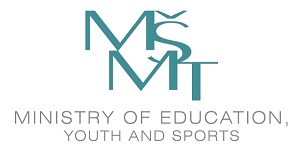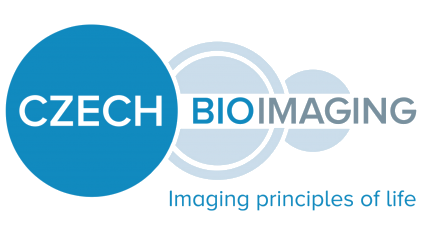
Data management
Technical aspects
Data formats: The users may obtain experimental data as raw data as well as data resulting from some type of data format conversion or post-acquisition processing. Various possibilities exist and are handled individually.
• The raw data and certain processed data are available in Bruker proprietary formats, which can be handled by Bruker software or by applications that have implemented input in Bruker formats. For permanent storage and preserving the possibility of later reprocessing it is recommended to always store the raw data because, as a rule, data after conversion do not contain all the information contained in the original raw data. On the other hand, proprietary data formats tend to change in time without documentation and not every software claiming to be able to handle a proprietary format of a specific company is able to handle all versions of it. This may be a reason for obtaining and storing the experimental data also in an open format after conversion that once preserved all features necessary for the intended application. Such a format may later facilitate sharing the data with others or reusing them for other research.
• Processed MRI data can be delivered in open formats such as DICOM or NIfTI, for which several software tools exist.
• More options exist for derived data, such as selected images, model-fitted images, and results of specific analyses.
The users are advised to discuss their preferences, needs and possibilities with the facility staff. Our team members are ready to help.
Data processing and visualization: In preclinical research, primary images are seldom the final target. Specific data processing is necessary, for example, for obtaining quantitative data on specific tissue volumes, water diffusion, organ perfusion by blood, drug pharmacokinetics, fat or metabolic content, or NMR relaxation. Upon request, some processing may be performed by the facility staff. A limited capacity for data processing or visualization with proprietary Bruker software can be provided to the users on a lab workstation under a site license, though more practical ways exist (see below). The most practical division of labour should be found during the initial negotiations and tests.
Data storage, transfer, access: Raw data will be stored at the facility for a period of 6 months. During this time, the user may download the MR data from our server or have the data copied to a suitable data storage device. The user is free to decide for any other storage, private or open, including storage in repositories satisfying the FAIR principles. Instead of direct access to data with Bruker software at the facility, we offer a web-based application MASO (Multidimensional Array Server and Observer), which is currently our work-in-progress, along with more specialized software tools such as PerfLab (perfusion/pharmacokinetics analysis) or jMRUI (spectroscopic/metabolite quantification), for which we can provide the user with a free license.
Legal and administrative aspects
Practical: Experimental data are an intangible asset that by itself is not intellectual property. Therefore, data-use and intellectual-property rules are handled separately.
• The default data use rules are formulated in the Data Transfer Agreement.
• For handling intellectual property issues, the default principles are covered by an institutional bylaw General Terms and Conditions for Contract Research.
Both documents have been prepared with the intention to establish a balanced relationship between the parties, protect their legitimate interests
and support collaboration. In exceptional cases, amendments are possible, but acceptance of the contracts in the default formulations
by the legal entity on behalf of which the user acts will simplify and speed up the conclusion of the contract.
The proprietary rights to data, originally belonging to our institute, will be transferred to the user that has paid the full cost of the service. In any case, the data owner is expected to grant the other party certain limited data use rights that do not interfere with their interests; see the Data Transfer Agreement for contract details and the DTA comments for a thorough explanation of the rules. Public use of the data is associated with the obligation of the data user to identify the ISI-MR Czech-BioImaging facility as the source of the data, and - unless full service cost has been paid - acknowledge the relevant grants supporting the facility.
References: The policy of data access and use are governed by numerous laws, bylaws, directives and recommendations, including but not limited to:
• Act No. 130/2002 Coll. (Act on the support of research and development),
• Act No. 341/2005 Coll. (Law on Public Research Institutions),
• Communication from the European Commission "Framework for State aid for research and development and innovation (2014/C 198/01)", and
• bylaws of the Czech-BioImaging consortium, the Czech Academy of Sciences, and the Institute of Scientific Instruments.
The default rules are summarized in the two agreements mentioned above,
• General Terms and Conditions for Contract Research (PDF) and, in particular,
• Data Transfer Agreement (PDF, DOC, RTF).






